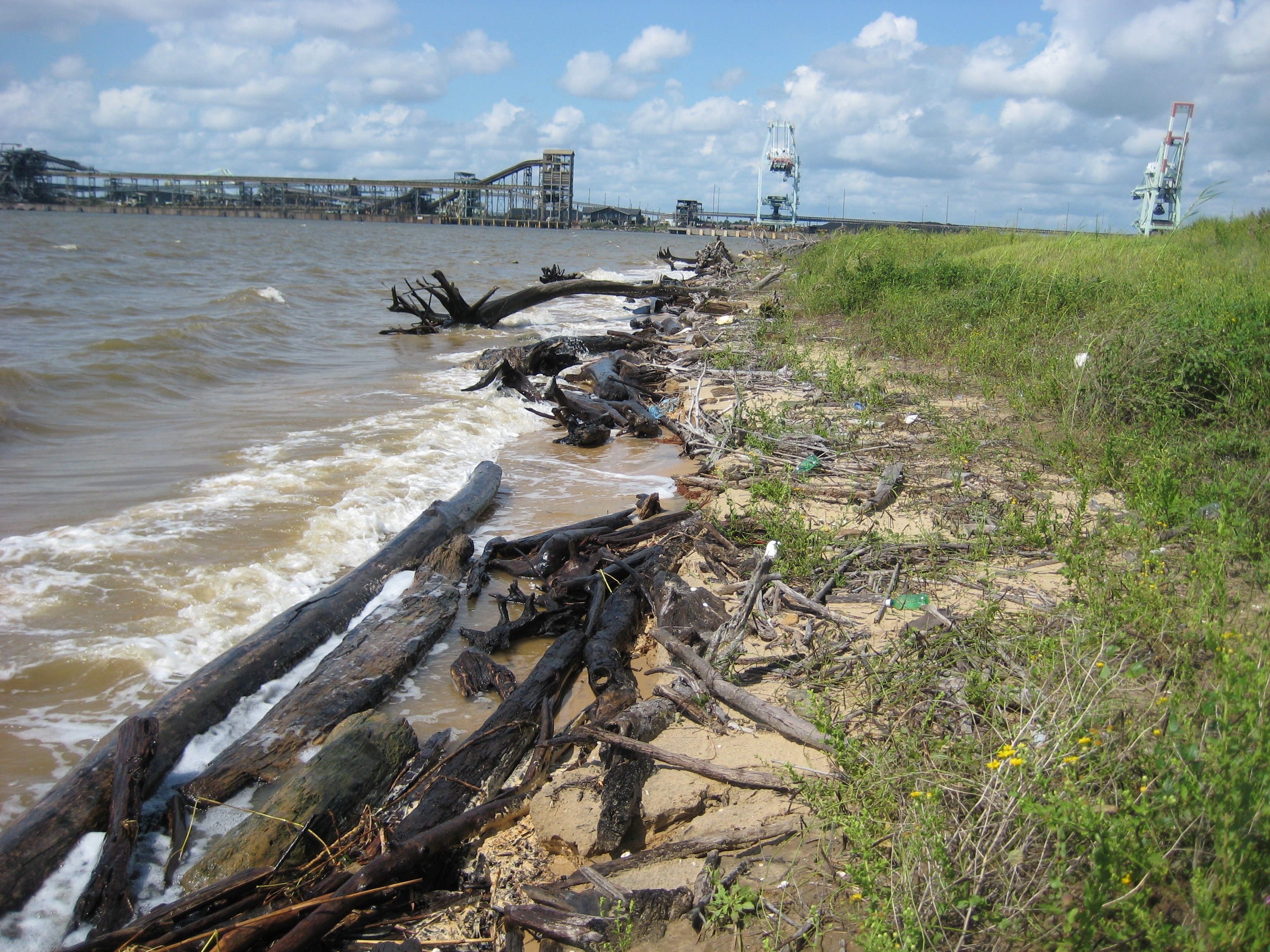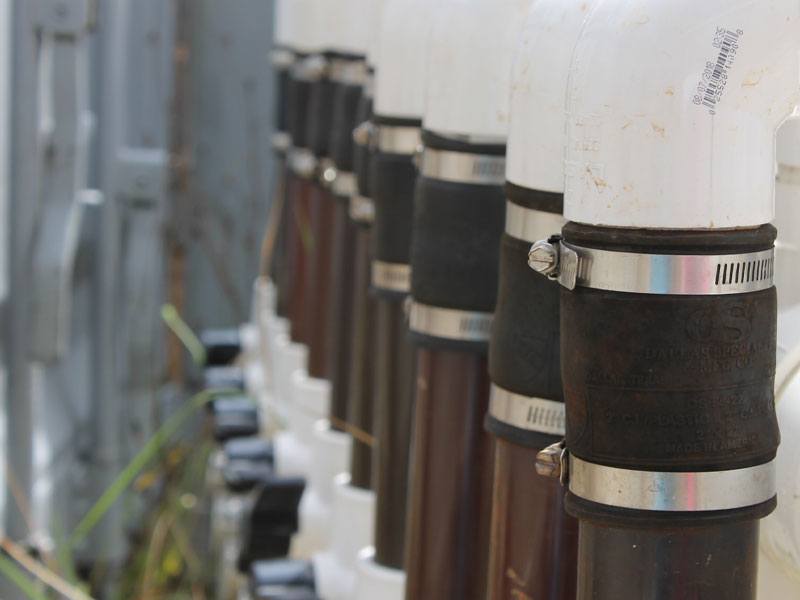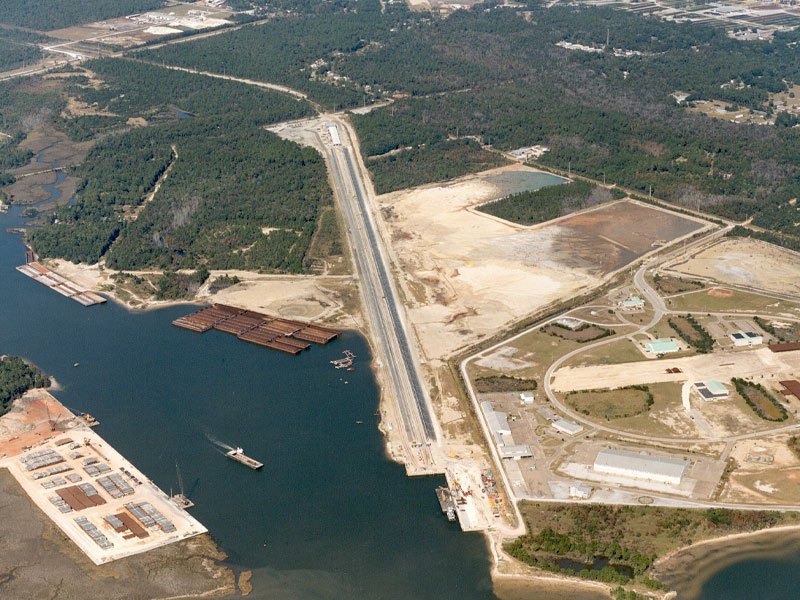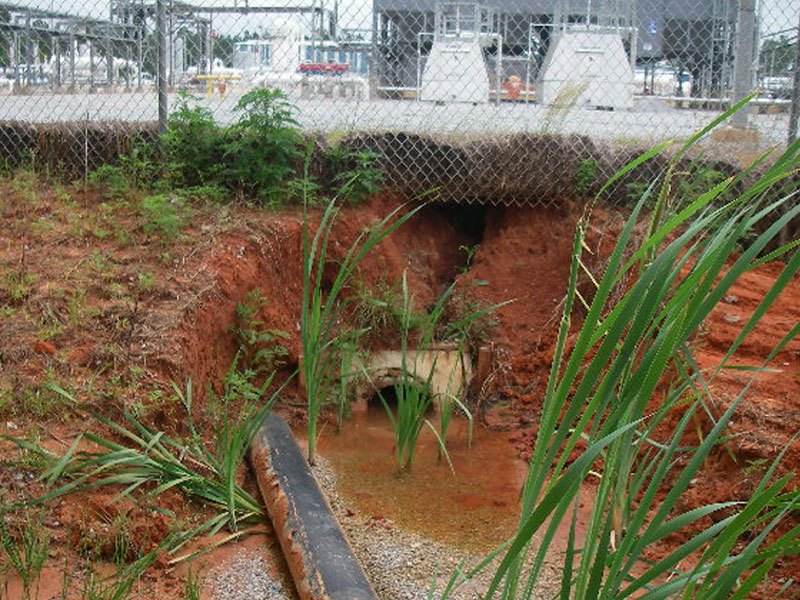
Thompson Engineering developed a Comprehensive Watershed Management Plan (CWMP) under the guidance of the Mobile Bay National Estuary Program and the D’Olive Watershed Working Group. The working group consisted of an organization of regional political leaders, governmental agencies, developers, commercial interests and property owners that served as an advisory board for the development of the CWMP. The purpose of the CWMP was to address the impact of increased sediment loadings on the watersheds of D’Olive Creek, Tiawasee Creek, and Joe’s Branch in Baldwin County, Alabama.
Growth and development in an approximately 14-square mile area encompassing the City of Daphne, the City of Spanish Fort, and associated unincorporated areas of Baldwin County on the Eastern Shore of Mobile Bay intensified problems with nonpoint source pollution leading to designation of all streams in the watershed on the 303(d) list (impaired waterbodies) due to siltation (habitat alteration). Increased volume, duration and velocity of stormwater runoff have exacerbated erosion and sedimentation impacts to D’Olive Bay and its tributaries and the lake located within the Lake Forest Subdivision in Daphne, Alabama.
The objectives of the CWMP were to reduce upstream sediment inputs into D’Olive Bay, Lake Forest Lake, and the D’Olive Creek system; remediate and restore past effects of the sediment loads; reduce outgoing sediment loads into D’Olive Bay and Mobile Bay Estuary; and identify opportunities to mitigate future impacts of development in the watersheds. Thompson applied the following approach to develop the CWMP:
- Evaluated and synthesized available data within the context of the current watershed conditions
- Organized the watershed into management units based on common features and conditions
- Identified areas of current and potential wetland degradation and specified corrective measures
- Identified stream stability issues
- Developed conceptual measures (structural and non-structural) to address key problem areas
- Identified potential funding sources
- Reviewed existing regulations and institutional controls
- Identified impediments to implementation of a stronger regulatory framework for the control of erosion and sedimentation
- Developed support for the CWMP in the community
The management measures in the CWMP included the restoration of the watershed hydrology by reducing runoff and/or capturing stormwater runoff. “Smart Growth” concepts for redevelopment and new development including low impact development (LID) / green infrastructure, pervious pavements, regional stormwater facilities, and bioretention areas were addressed.
Thompson’s plan of action can be realistically implemented to address the long-standing environmental degradation problems within the D’Olive Bay Watershed. The plan maximizes public benefit by improving water quality and lessening erosion and accelerated sedimentation into this vital water resource.
client
MOBILE BAY NATIONAL ESTUARY PROGRAM
location
BALDWIN COUNTY, ALABAMA
market
STATE & LOCAL
Service Specialties
- COASTAL RESTORATION
- COMPLIANCE
- ASSESSMENTS & INVESTIGATIONS





